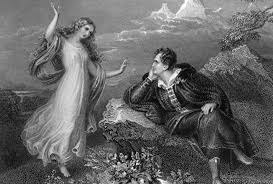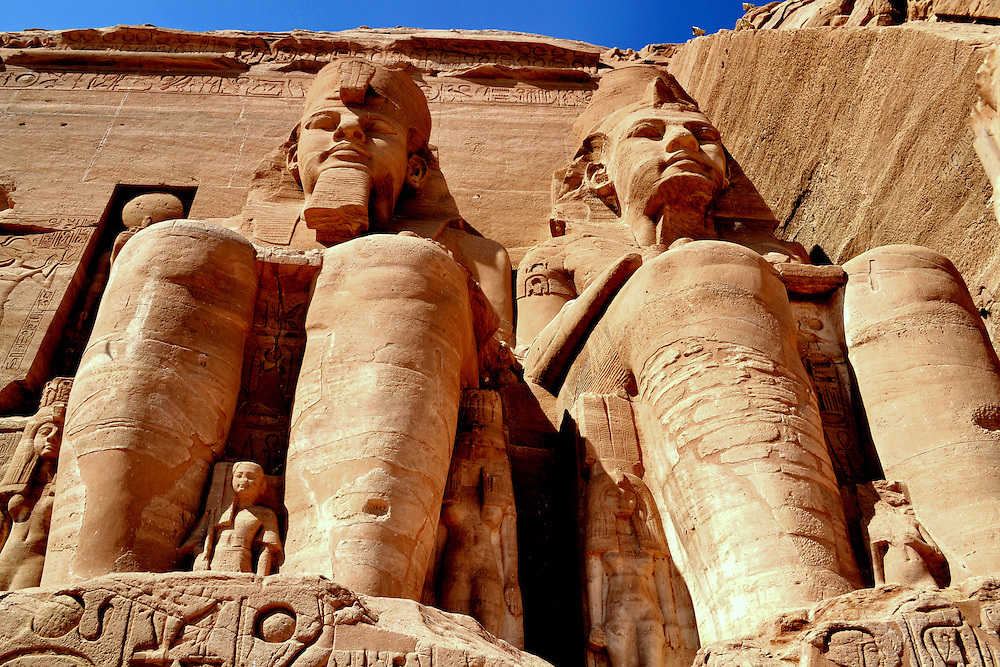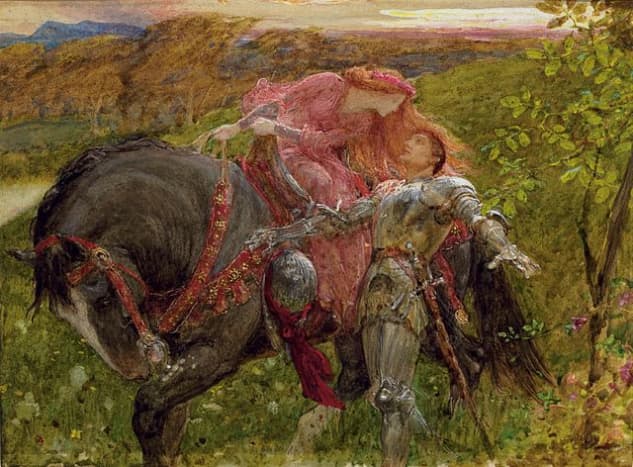Het arrangement 5V Romantic Poetry (Literary History) is gemaakt met Wikiwijs van Kennisnet. Wikiwijs is hét onderwijsplatform waar je leermiddelen zoekt, maakt en deelt.
- Auteur
- Laatst gewijzigd
- 30-09-2023 13:01:37
- Licentie
-
Dit lesmateriaal is gepubliceerd onder de Creative Commons Naamsvermelding 4.0 Internationale licentie. Dit houdt in dat je onder de voorwaarde van naamsvermelding vrij bent om:
- het werk te delen - te kopiëren, te verspreiden en door te geven via elk medium of bestandsformaat
- het werk te bewerken - te remixen, te veranderen en afgeleide werken te maken
- voor alle doeleinden, inclusief commerciële doeleinden.
Meer informatie over de CC Naamsvermelding 4.0 Internationale licentie.
Aanvullende informatie over dit lesmateriaal
Van dit lesmateriaal is de volgende aanvullende informatie beschikbaar:
- Toelichting
- An introduction to English literary history: Romantic Age
- Eindgebruiker
- leerling/student
- Moeilijkheidsgraad
- gemiddeld
- Studiebelasting
- 4 uur 0 minuten
Gebruikte Wikiwijs Arrangementen
Herbert Vissers eXplore. (2022).
4V Renaissance (Literary History)
https://maken.wikiwijs.nl/187237/4V_Renaissance__Literary_History_

 Egodact where you can keep track of what you are doing over the years.
Egodact where you can keep track of what you are doing over the years.
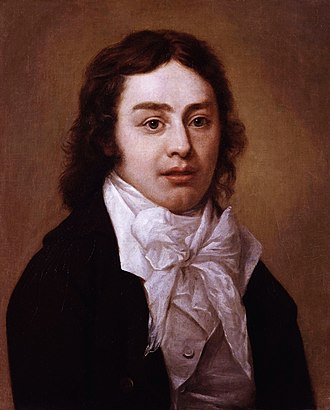 Samuel Taylor Coleridge (1772-1834) was a poet and philosopher, best known for his poem The Rime of the Ancient Mariner. Together with his friend William Wordsworth, he is seen as the founder of the Romantic Movement. Other notable works of his are Kubla Khan and Christobel, but he also made a name for himself as a literary critic, writing influential work on Shakespeare and German poets. Coleridge and his friends and colleagues were collectively known as the Lake Poets.
Samuel Taylor Coleridge (1772-1834) was a poet and philosopher, best known for his poem The Rime of the Ancient Mariner. Together with his friend William Wordsworth, he is seen as the founder of the Romantic Movement. Other notable works of his are Kubla Khan and Christobel, but he also made a name for himself as a literary critic, writing influential work on Shakespeare and German poets. Coleridge and his friends and colleagues were collectively known as the Lake Poets.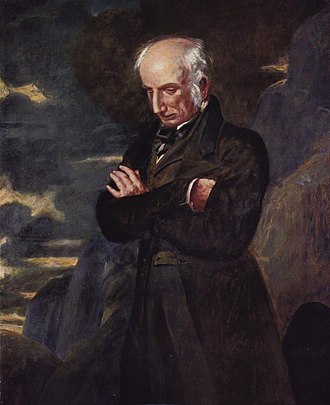
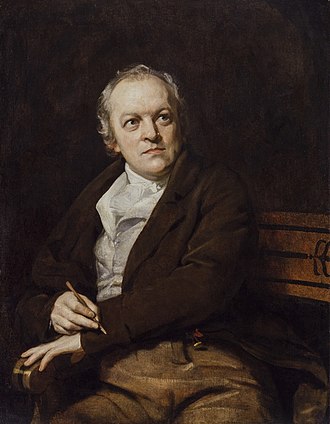
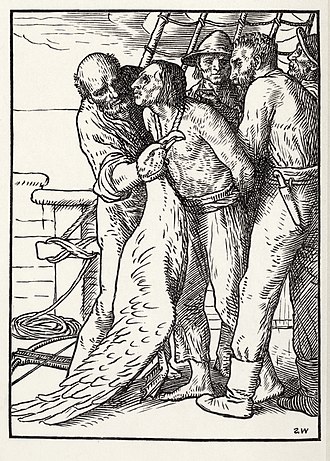


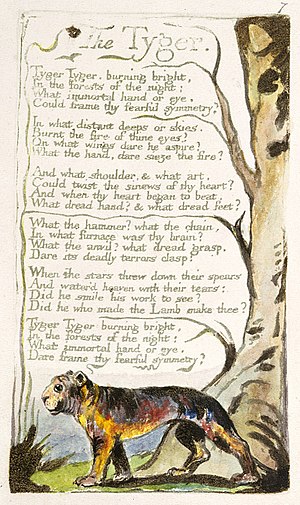
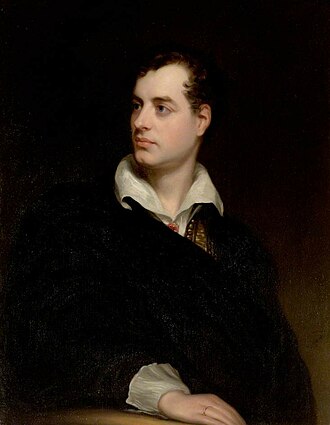 1. Lord Byron (1788-1824): Byron was a flamboyant and controversial figure known for his passionate and rebellious poetry. His works often explored themes of individualism, freedom, and the dark side of human nature. Some of his most famous works include "Childe Harold's Pilgrimage" and "Don Juan."
1. Lord Byron (1788-1824): Byron was a flamboyant and controversial figure known for his passionate and rebellious poetry. His works often explored themes of individualism, freedom, and the dark side of human nature. Some of his most famous works include "Childe Harold's Pilgrimage" and "Don Juan."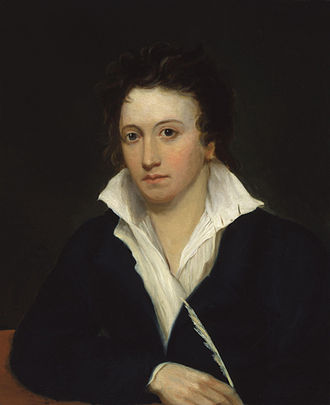 2. Percy Bysshe Shelley (1792-1822): Shelley was a radical thinker and poet whose writing reflected his progressive ideals. He addressed themes like social justice, political reform, and the power of the imagination. Notable works include "Ozymandias," "Prometheus Unbound," and "To a Skylark."
2. Percy Bysshe Shelley (1792-1822): Shelley was a radical thinker and poet whose writing reflected his progressive ideals. He addressed themes like social justice, political reform, and the power of the imagination. Notable works include "Ozymandias," "Prometheus Unbound," and "To a Skylark."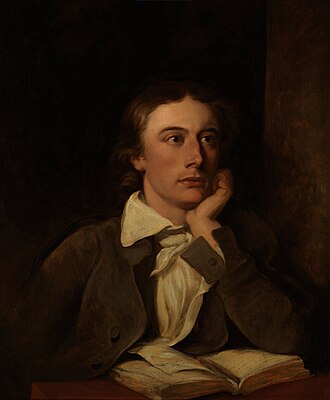 3. John Keats (1795-1821): Keats is renowned for his lyrical and sensuous poetry, which often celebrated the beauty of nature and the intensity of human emotions. His poems, such as "Ode to a Nightingale," "Ode on a Grecian Urn," and "To Autumn," are considered some of the finest in the English language.
3. John Keats (1795-1821): Keats is renowned for his lyrical and sensuous poetry, which often celebrated the beauty of nature and the intensity of human emotions. His poems, such as "Ode to a Nightingale," "Ode on a Grecian Urn," and "To Autumn," are considered some of the finest in the English language.